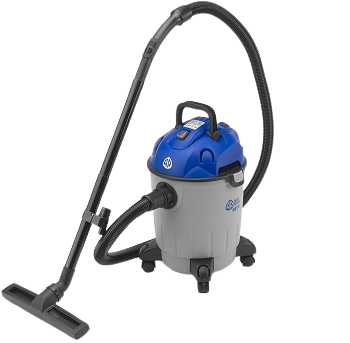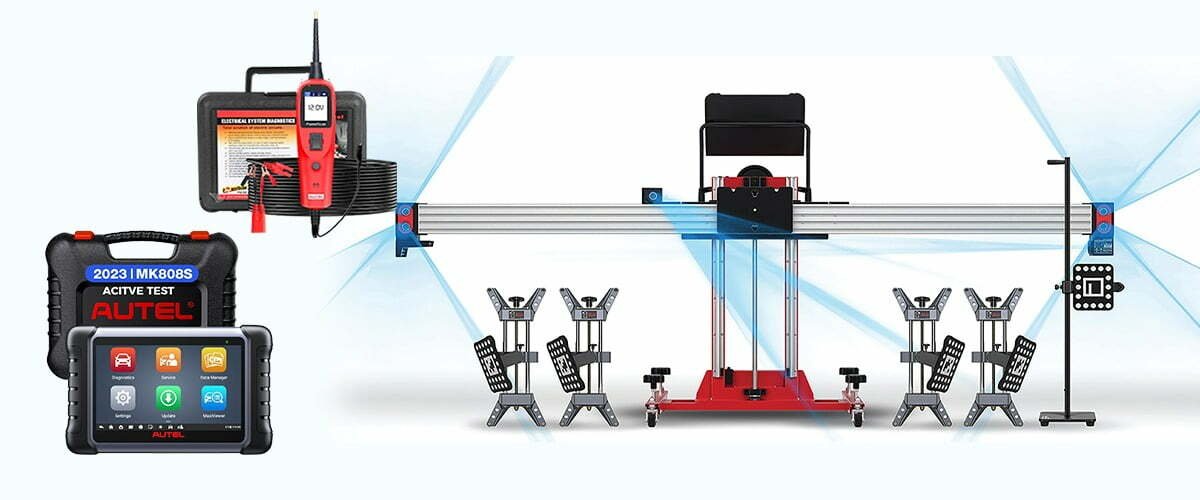Car Diagnostic Tools: A Comprehensive Overview
Car diagnostic tools are devices or software applications used to identify and analyze problems in vehicles. They are commonly used by automotive technicians, mechanics, and car owners to diagnose and troubleshoot issues with a vehicle’s engine, transmission, emissions system, and other components. Here are some common types of car diagnostic tools:
1. OBD-II Scanner: The On-Board Diagnostic II (OBD-II) scanner is one of the most widely used diagnostic tools. It connects to the vehicle’s OBD-II port, usually located under the dashboard, and retrieves information from the vehicle’s computer system. OBD-II scanners can read and clear fault codes, monitor sensor data, and provide real-time data for analysis.
2. Code Readers: Code readers are basic diagnostic tools that can retrieve and display diagnostic trouble codes (DTCs) stored in a vehicle’s computer system. They usually have a small display screen and limited functionality compared to OBD-II scanners.
3. Multimeters: Multimeters are versatile tools used for measuring electrical parameters like voltage, current, and resistance. They can be helpful for diagnosing electrical problems in a car, such as faulty sensors, wiring issues, or battery problems.
4. Scan Tools: Scan tools are more advanced diagnostic devices that offer comprehensive features beyond basic code reading. They can access manufacturer-specific codes, perform advanced diagnostic functions, and provide more detailed information about the vehicle’s systems. Professional automotive technicians often use scan tools for in-depth troubleshooting.
5. Oscilloscopes: Oscilloscopes are diagnostic tools that measure and display electrical signals in the form of waveforms. They are particularly useful for diagnosing complex electrical issues in a car’s sensors, ignition system, or communication networks.
6. Diagnostic Software: Some car manufacturers provide proprietary diagnostic software that can be used in conjunction with a laptop or a dedicated diagnostic tool. These software applications provide advanced diagnostic capabilities, programming features, and access to manufacturer-specific systems and modules.
7. Wireless Diagnostic Tools: Wireless diagnostic tools use Bluetooth or Wi-Fi connectivity to communicate with a smartphone or tablet. They typically come in the form of small dongles that plug into the OBD-II port and allow you to use a mobile app for diagnostic functions.
It’s worth noting that the availability and compatibility of diagnostic tools may vary depending on the make, model, and year of the vehicle. It’s advisable to choose a tool that suits your specific needs and is compatible with your vehicle’s systems.






























